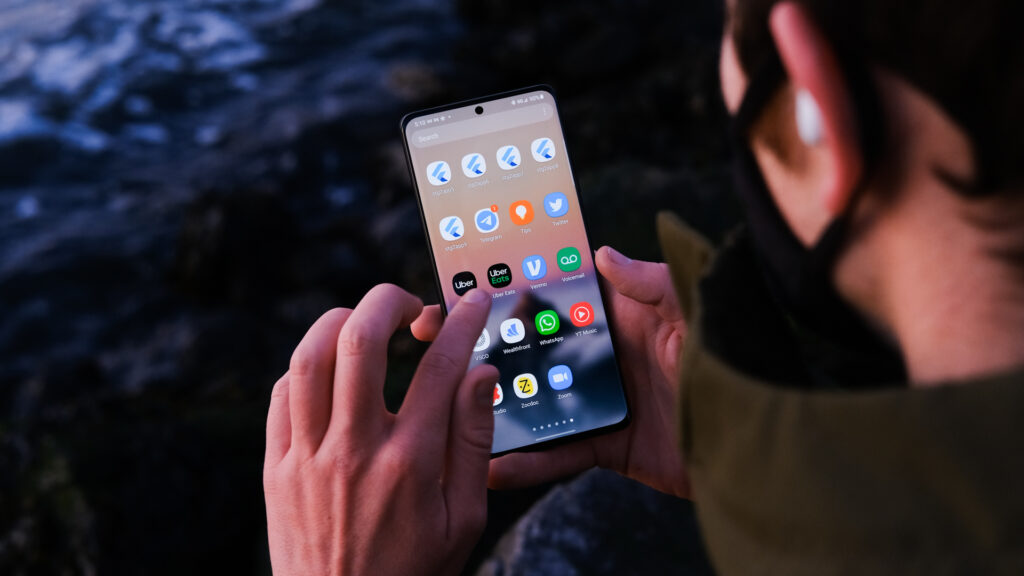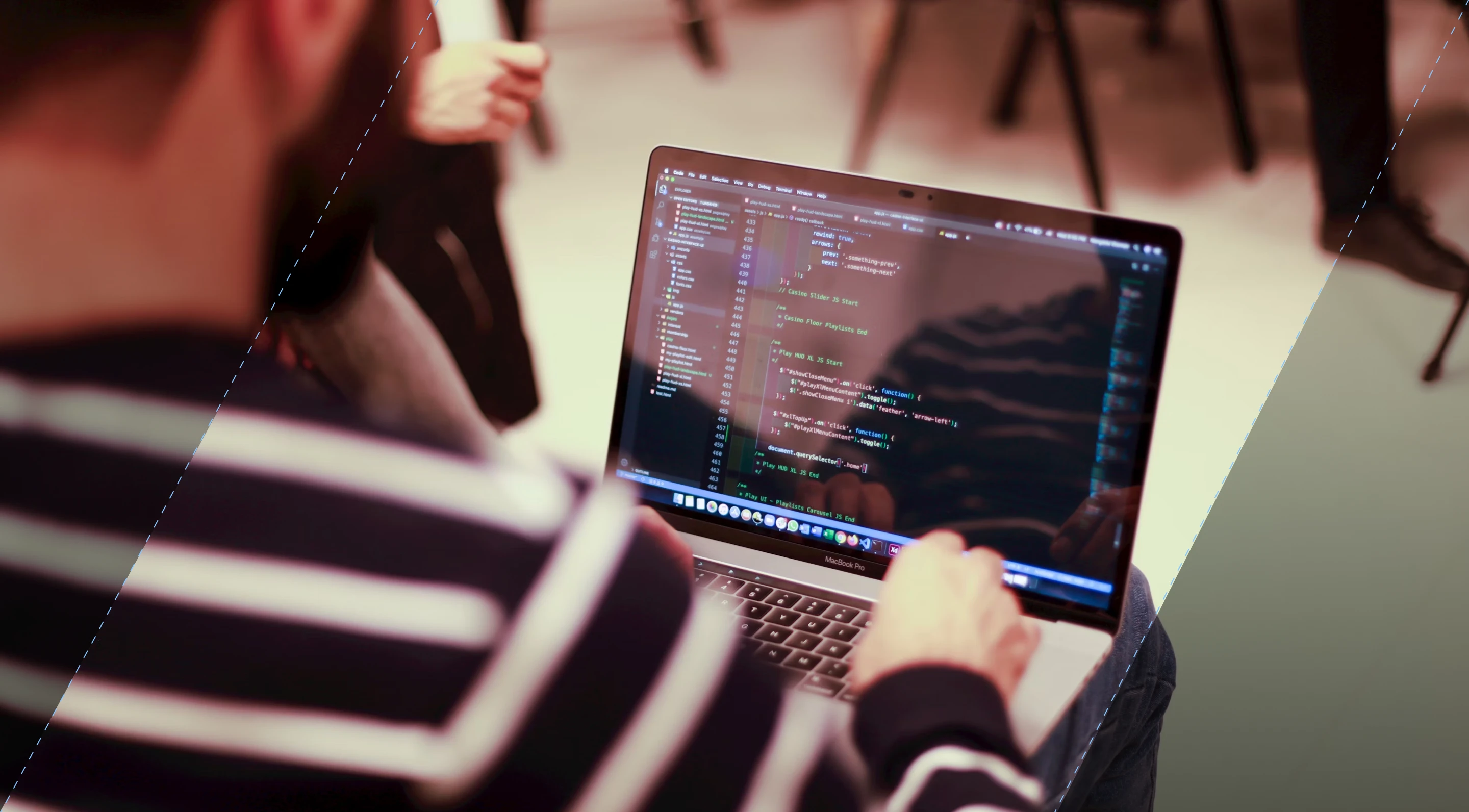Contents
Contents
Introduction
Are you familiar with the term haptic feedback? It pertains to the technology that provides tactile sensations to a user’s sense of touch when interacting with their electronic devices. Haptic feedback on Android devices plays a significant role in creating a more immersive user experience. As the use of smartphones continues to grow, haptic technology becomes increasingly relevant in providing users with a more engaging interaction with their devices.
Android phones come with built-in haptic feedback systems that simulate physical touches on the touchscreen. This not only enhances the user’s experience but also provides a more engaging way of using the device. The haptic system is designed to provide a stronger response on button presses and a lighter touch on screen swipes, providing an easy-to-understand user interface that makes navigation much simpler.
In this article, we will take a closer look at haptic feedback on Android devices, its different types, and how it is designed. We will explore how haptic feedback enhances user interactions with their smartphones and mobile devices, providing tactile sensations that simulate different experiences. You will also learn the technical aspects of implementing haptic feedback into your Android apps, including code issues, code samples, and how to solve problems associated with using haptic devices.
Key Takeaways:
- Haptic feedback enhances the user experience by providing tactile sensations to simulate physical interactions with electronic devices.
- Android devices come with a built-in haptic feedback system that simulates physical touches on the touchscreen, making navigation simpler for the user.
- Implementing haptic feedback in Android apps involves technical aspects such as code issues and code samples, which need to be solved for proper implementation.
- Haptic feedback enhances the immersive experience in mobile games by adding sensory feedback to button presses and text messages, providing a richer experience to users.
- Haptic feedback is an integral part of the future of user interaction with electronic devices as it continues to evolve, creating more realistic and engaging experiences for users.
Haptic Feedback on Android Devices
Have you ever noticed how your Android phone buzzes when you type a message or get an alert? That’s haptic feedback in action, and it’s pretty neat, although you can turn haptic feedback off if you do not like it or your mobile battery drains quickly. It’s like your phone’s way of talking back to you through touch. Let’s dive a bit deeper into what haptic feedback is and why it’s cool for your Android device.
What is Haptic Feedback?
Haptic feedback is one of those cool features on your phone that you might not think about much, but it really changes how you use it. It’s all about adding a sense of touch to your digital experience. When you tap your screen, type a message, or get a notification, your phone gives you a little buzz or vibration. It’s like a friendly nudge or a tap on the shoulder from your phone, letting you know, “Hey, I felt that!”
Why Haptic Feedback Shines on Android Devices
- Makes Your Phone More Fun: Haptic feedback adds a bit of zing to your phone. It turns a simple tap on the screen into something you can feel. It’s like your phone is more alive.
- Helps with Gaming: If you love playing games on your phone, haptic feedback game playing makes it even better. You can feel vibrations that match what’s happening in the game, like the thrill of a car race or the boom of an explosion.
- Useful for Alerts: When your phone buzzes in your pocket, it’s haptic feedback working. It’s a handy way to know you’ve got a message or a call without even looking.
How Haptic Feedback Works on Android
When you use an Android phone, haptic feedback is part of what makes your experience interactive. It starts with a small motor inside your phone, often called a ‘vibration motor.’ This motor springs into action when you touch the screen – like tapping a button or swiping through photos.
Each time you interact with the screen, the motor vibrates quickly, creating that buzzing sensation you feel. This vibration is the phone’s way of giving you immediate feedback, almost like it’s talking back to you through touch. This feature is especially useful because it confirms your actions, ensuring that every tap and swipe is registered by the phone.
Getting Technical with Haptic Feedback
For developers who create apps and games for Android, integrating haptic feedback involves some technical know-how. It’s about writing specific pieces of code that communicate with the phone’s vibration motor. This code tells the motor when to vibrate, how intensely, and for how long, based on what the user is doing in the app.
Thankfully, there are plenty of resources, like developer guides and coding toolkits, that make this process easier. These tools help developers add haptic feedback to their apps in creative ways, enhancing the user experience. So, next time you feel your phone buzz while playing a game or using an app, remember that it’s the result of some clever coding behind the scenes.
Haptic Feedback: More Than Just Buzzes

Haptic feedback on Android devices is more than just a simple buzz or vibration. It’s about creating a tactile experience that mimics real-life sensations. When you type on your virtual keyboard, haptic feedback can make it feel like you’re pressing actual keys. Each vibration gives you a sense of physical interaction, making the typing experience more tangible and satisfying.
In gaming, haptic feedback takes things to the next level. It immerses you into the game by providing physical sensations that correspond with the on-screen action. From the feeling of a car accelerating on a racetrack to the sensation of recoil in a shooter game, haptic feedback adds depth and realism to the gaming experience.
Moreover, haptic feedback plays a vital role in notifications. Instead of just hearing a sound, you feel a buzz, which can be less intrusive and more discreet. This feature is particularly useful in situations where you need to keep your phone on silent but still want to stay aware of incoming alerts.
Integrating Haptic Feedback in Android Apps: The Flatirons Approach
As discussed, Haptic feedback is becoming increasingly crucial in enhancing user interaction on Android devices. At Flatirons, we integrate this technology into our app development process, focusing on creating a more engaging and intuitive user experience.
Our team at Flatirons gives special attention to the technical aspects of incorporating haptic feedback. We balance the intensity and frequency of vibrations to enhance user experience without significantly impacting device performance, like battery life. This careful calibration is crucial for maintaining a balance between an immersive experience and practical usability.
Beyond gaming, we explore haptic feedback’s potential in a variety of app genres. From educational applications that leverage tactile interactions for learning to lifestyle apps that use subtle feedback for user guidance, our goal is to make apps more interactive and user-friendly.
Our mobile app development company utilize this technology to make Android apps more engaging and intuitive, ensuring that users have a satisfying interaction every time they use our products. By staying at the forefront of technological innovation, we aim to continually enhance the user experience in the digital world.
Conclusion
In conclusion, haptic feedback is an essential aspect of the user experience on Android devices. It allows users to feel vibrations and receive sensory feedback through their sense of touch, making the smartphone experience more immersive and engaging.
With haptic technology, developers can create more realistic experiences in mobile games and other applications, simulating physical interactions and providing tactile feedback. Constant advancements in haptic feedback technology are paving the way for more innovative and engaging user experiences.
So, whether you’re playing a mobile game or receiving a text message, haptic feedback on Android devices makes it easy to understand and more enjoyable. With its benefits and easy-to-implement features, haptic feedback is an integral part of the future of user interaction with electronic devices.
FAQ
What is haptic feedback in Android?
Haptic feedback in Android is a technology that uses vibrations and tactile sensations to provide users with a sense of touch. It enhances the user experience by providing feedback during interactions with the smartphone, such as button presses, notifications, and other touch-based interactions
How does haptic feedback enhance the user experience?
Haptic feedback enhances the user experience by providing a more immersive and interactive feel to interactions with the smartphone. It adds a tactile dimension to the touch-based interactions, making them more intuitive and engaging. For example, haptic feedback can simulate the feeling of pressing a physical button on a touchscreen device, giving users a sense of physical interaction with their virtual environment.
What are some use cases for haptic feedback on Android?
Haptic feedback on Android can be used in various scenarios to provide users with different types of feedback. Some common use cases include simulating button presses, providing notifications through vibrations, creating tactile sensations during mobile gaming, and enhancing the user interface by giving users a sense of touch when interacting with elements on the screen.
How can haptic feedback be implemented in Android?
Implementing haptic feedback in Android involves using the device’s haptic technology and APIs provided by the Android operating system. Developers can utilize the Android SDK to access haptic features, customize haptic effects, and provide feedback to user interactions. By using haptic feedback APIs, developers can control the intensity, duration, and pattern of vibrations to create custom haptic effects that match their application’s requirements.
Are haptic feedback features available on all Android devices?
Haptic feedback features may vary depending on the Android device. While most modern Android smartphones and tablets have haptic feedback support, some low-end devices may have limited haptic functionality or lack it altogether. Developers should consider device support and fallback behavior to ensure a consistent haptic experience across different Android devices.
IoT Development Services
Harness the power of IoT with Flatirons' innovative IoT development services.
Get the CEO's Take
Handpicked tech insights and trends from our CEO.
IoT Development Services
Harness the power of IoT with Flatirons' innovative IoT development services.
Get the CEO's Take
Handpicked tech insights and trends from our CEO.

Perl vs Python: Choosing the Right Scripting Language
Flatirons
Apr 20, 2025
IoT Database: Manage Connected Device Data Efficiently
Flatirons
Apr 14, 2025
Proof of Concept Template: A Step-by-Step Guide
Flatirons
Mar 26, 2025
Objective C vs Swift: Which is Better for iOS App Development?
Flatirons
Mar 25, 2025
Scala vs Kotlin: Comparing the Functional Programming Giants
Flatirons
Mar 22, 2025
IoT Smart City Solutions: Transforming Urban Living
Flatirons
Mar 17, 2025